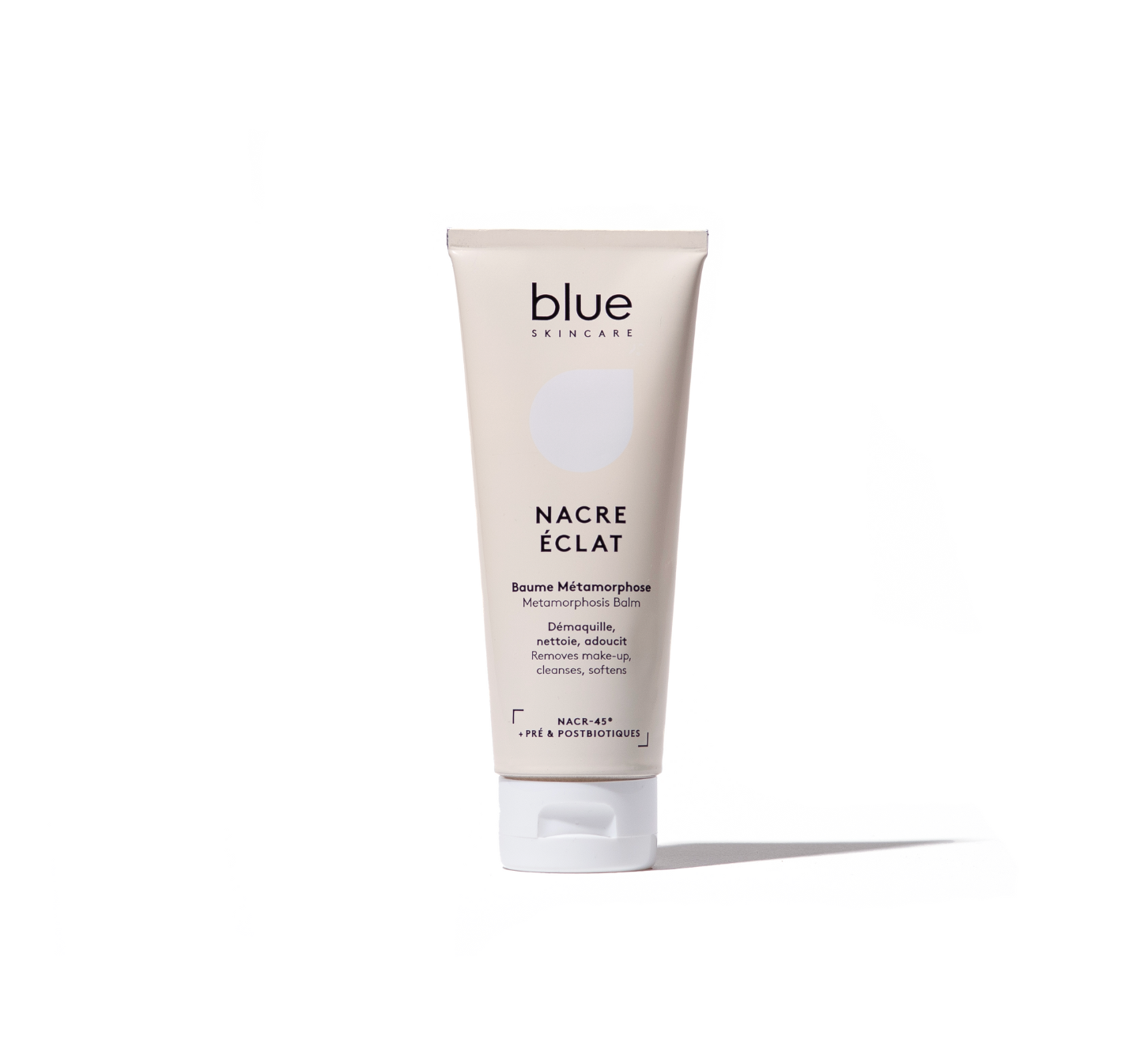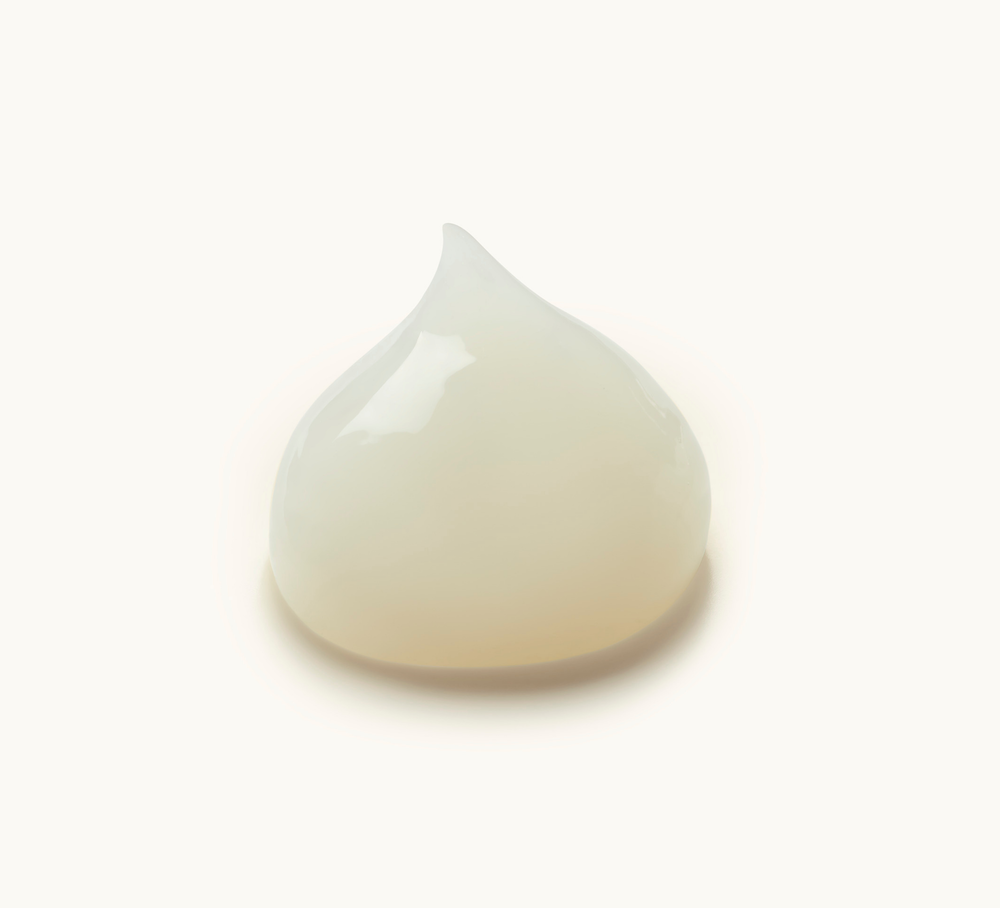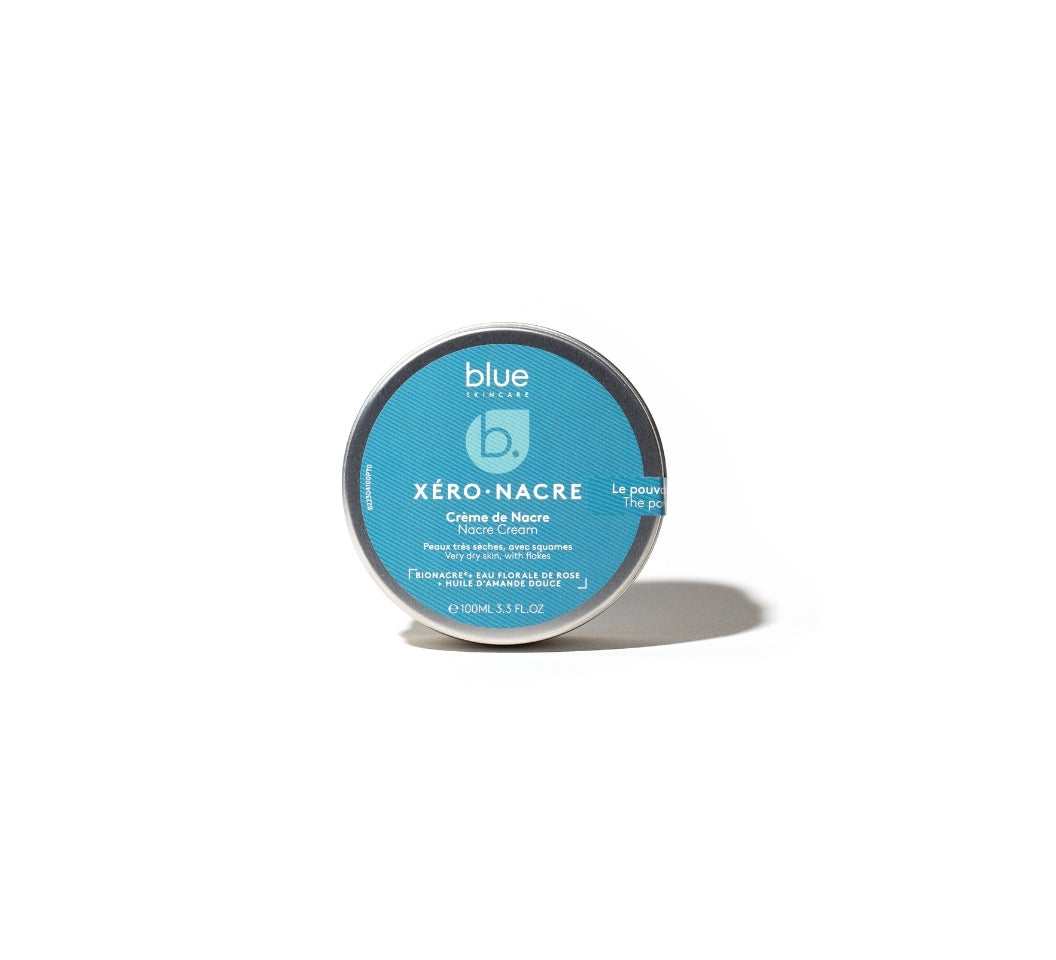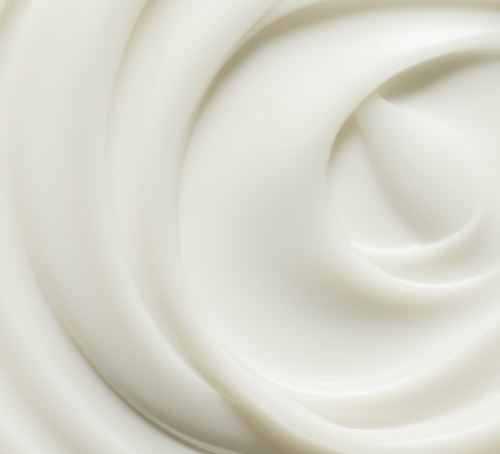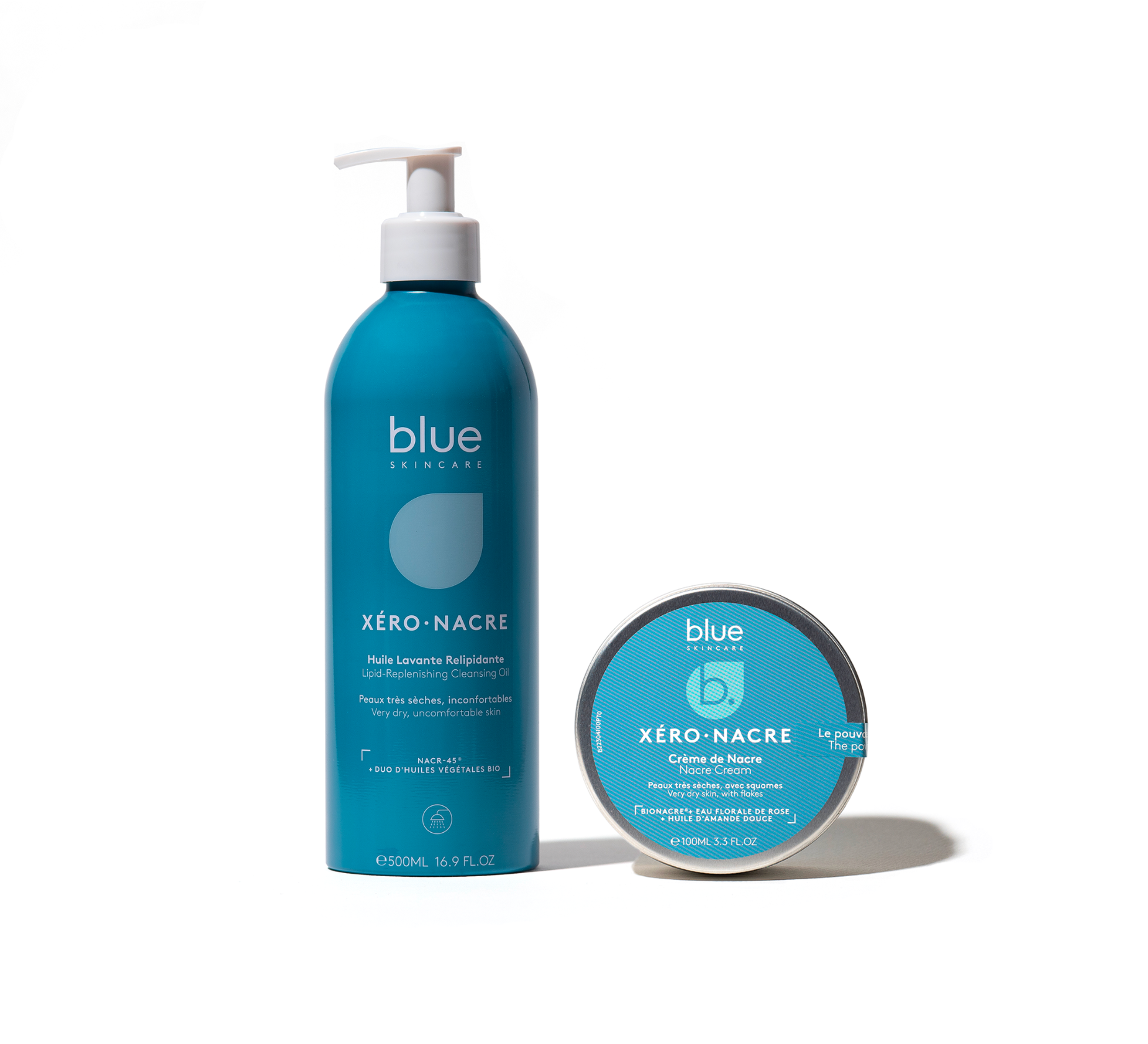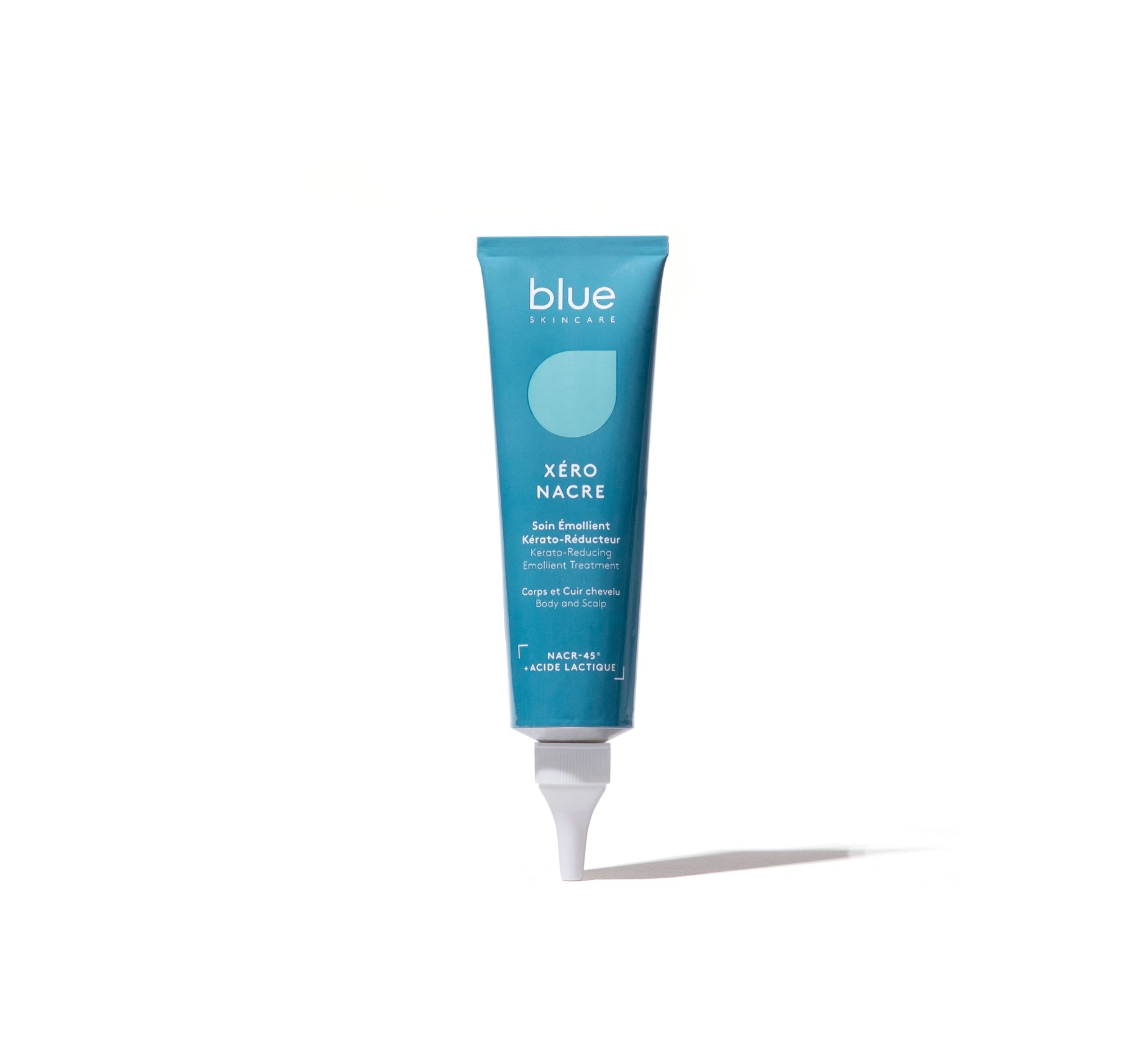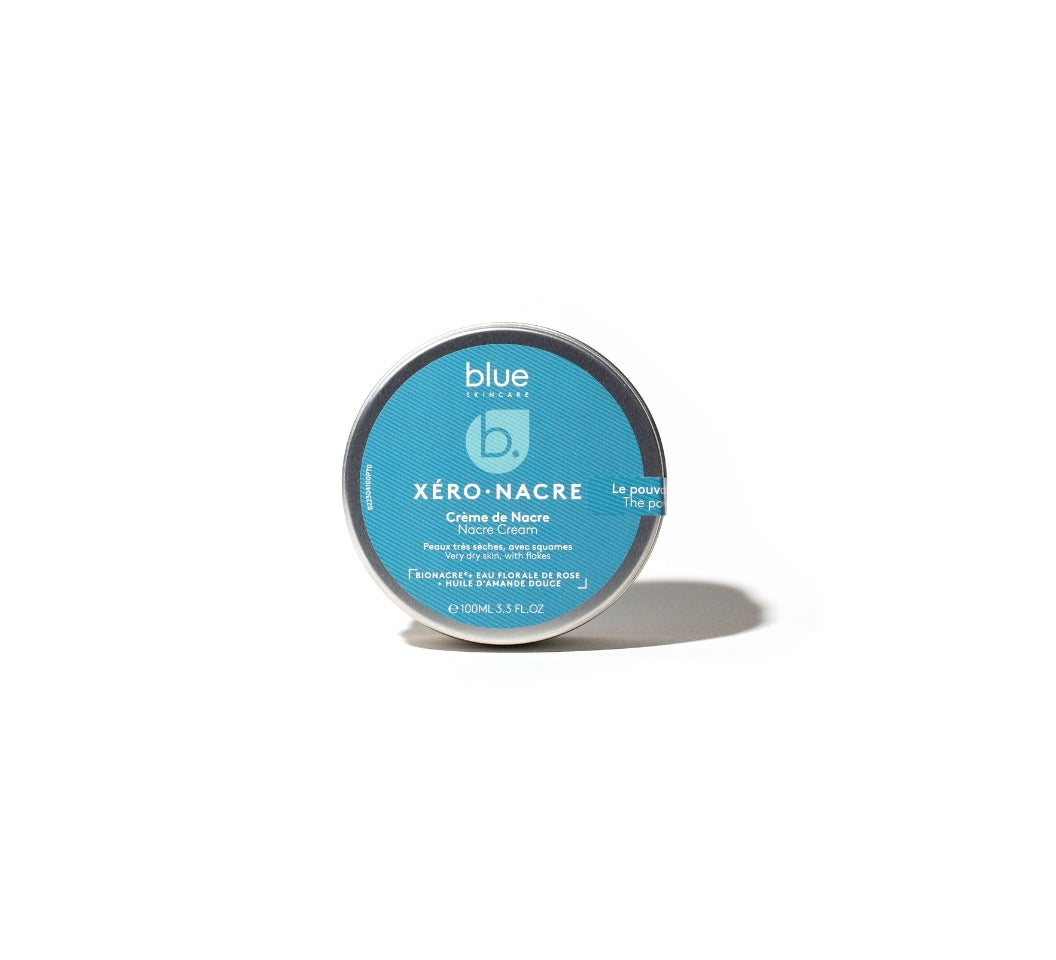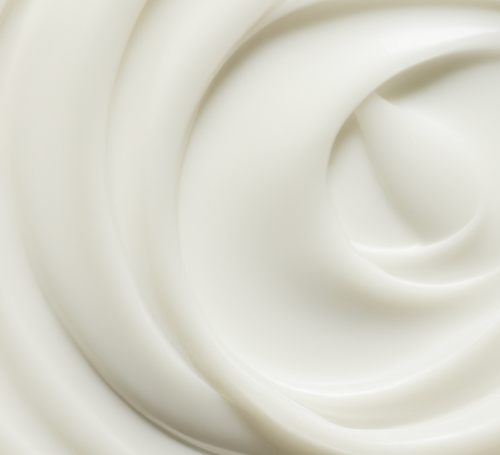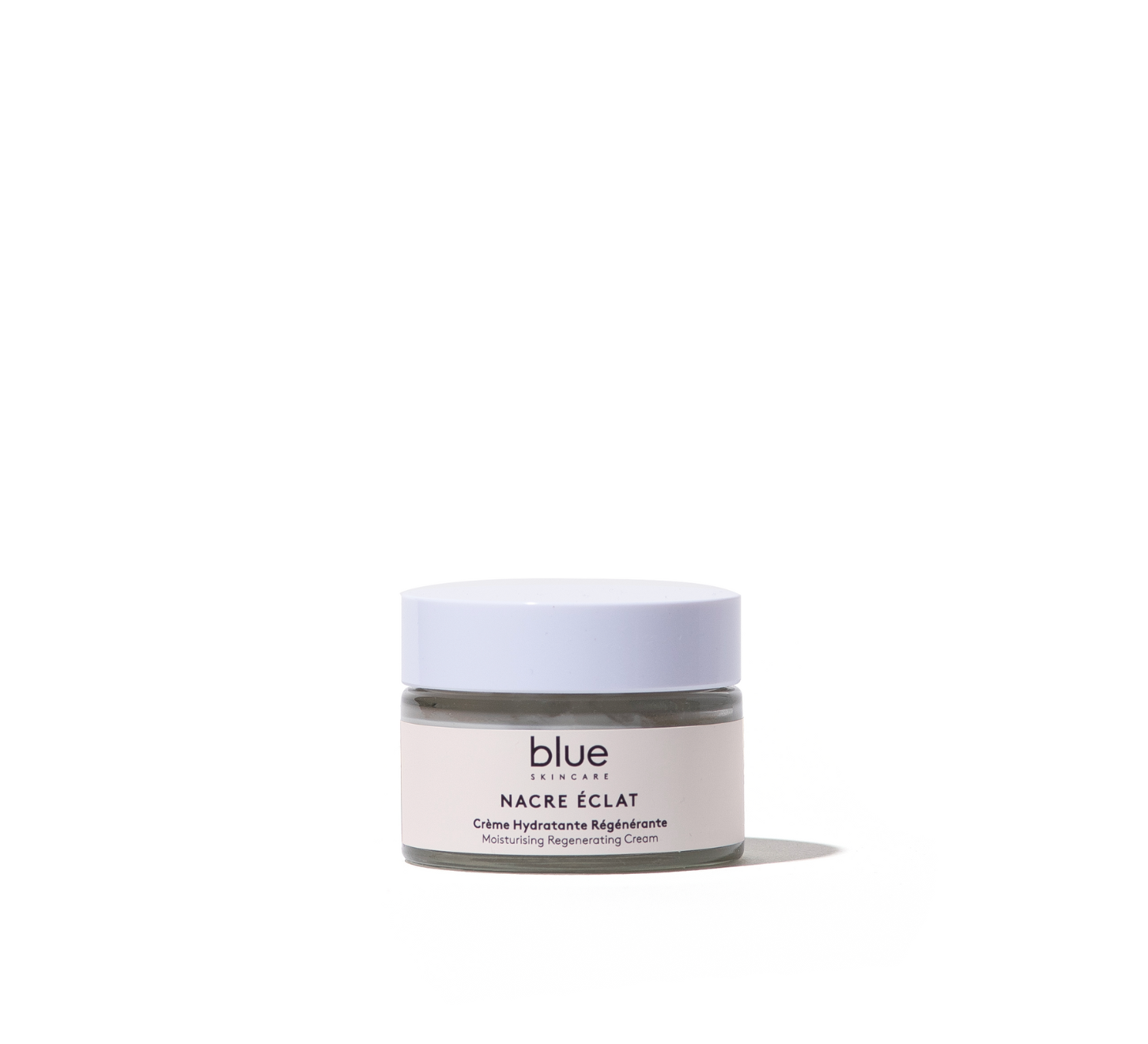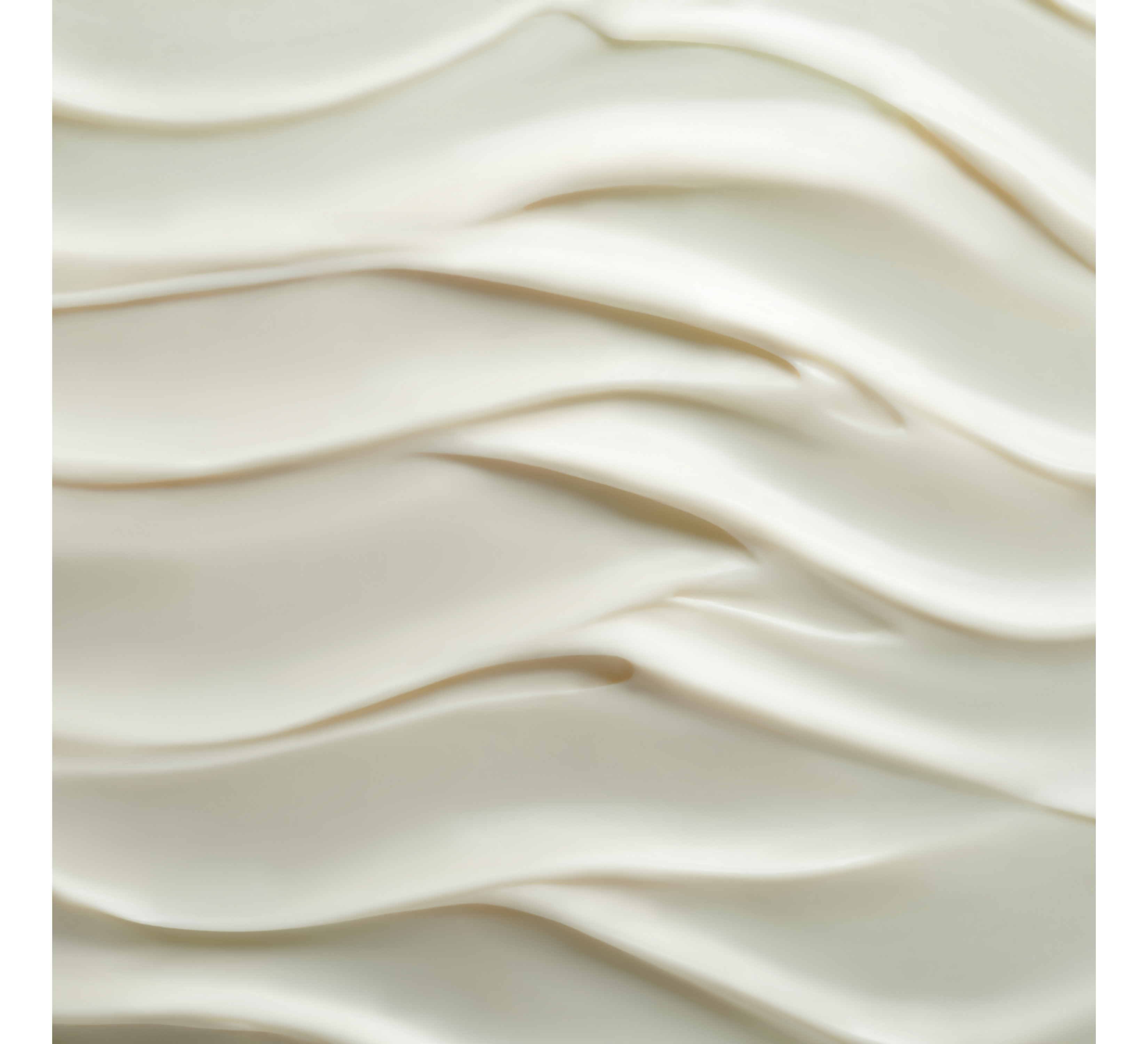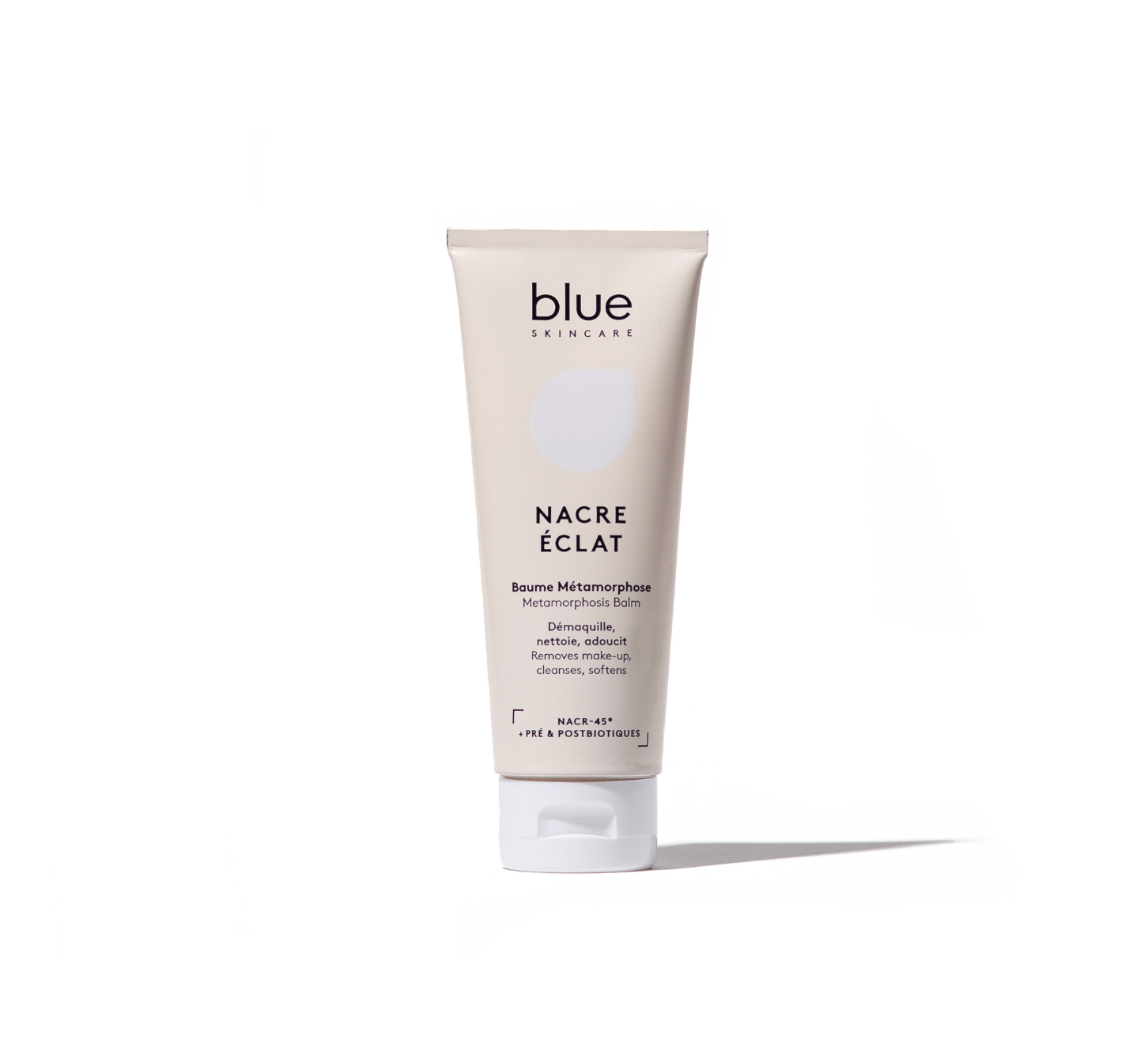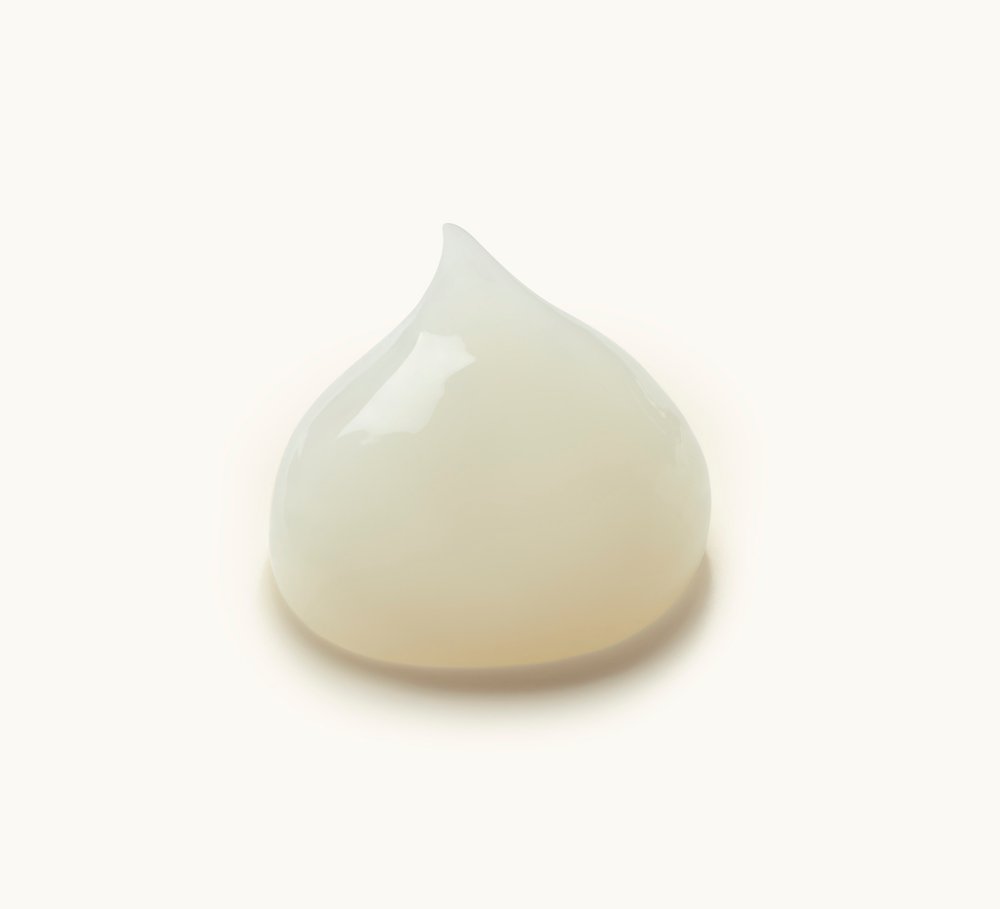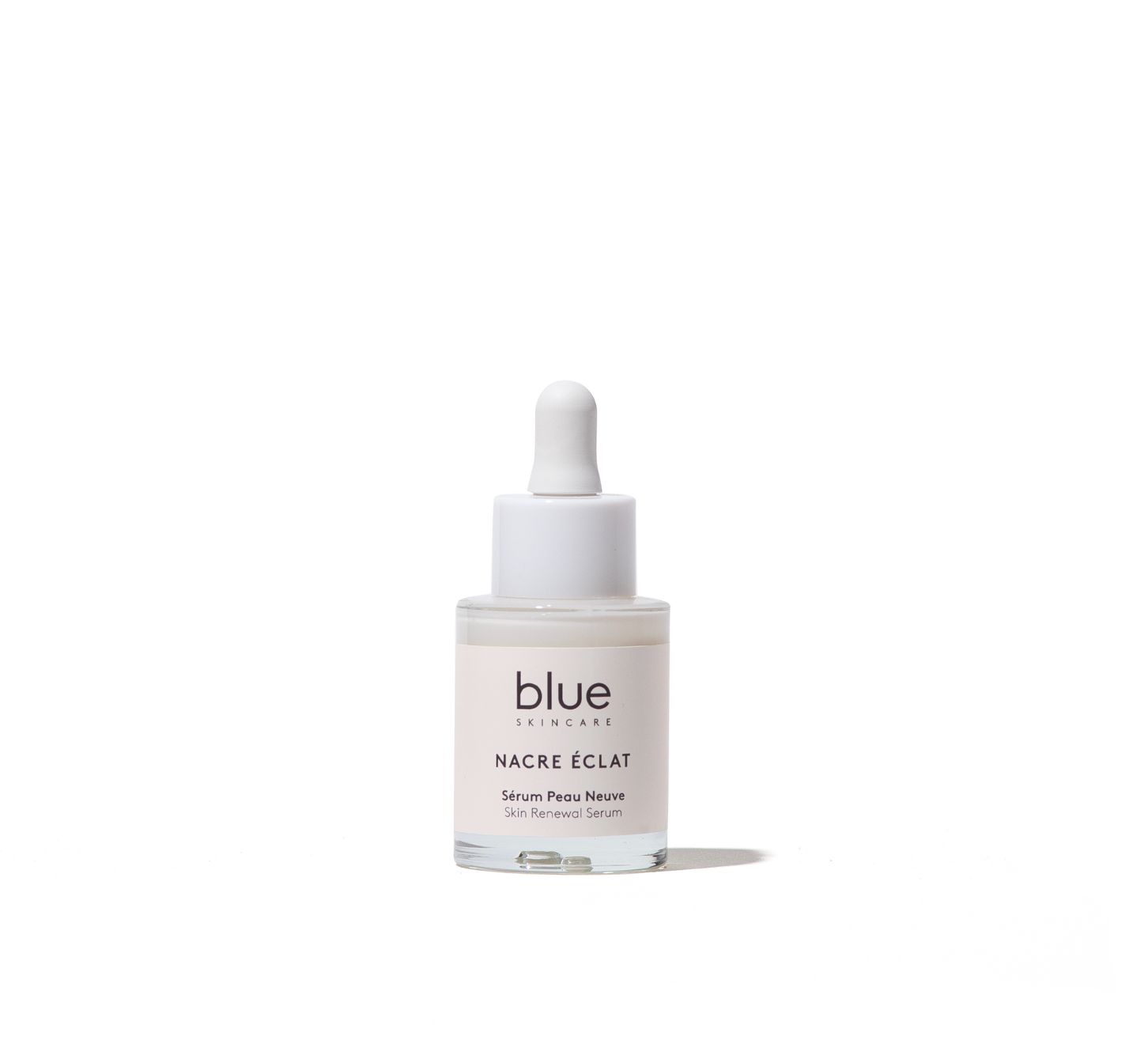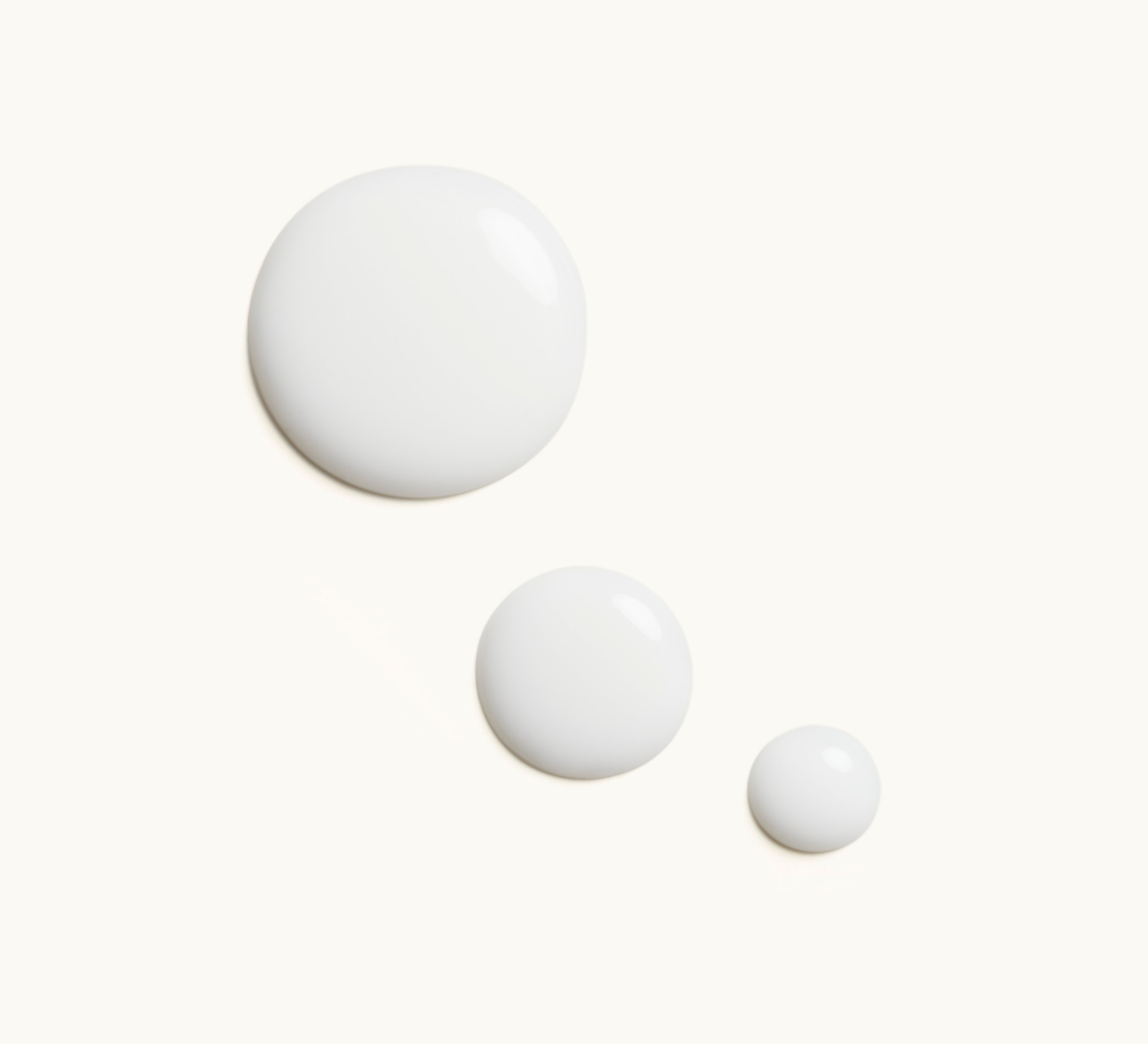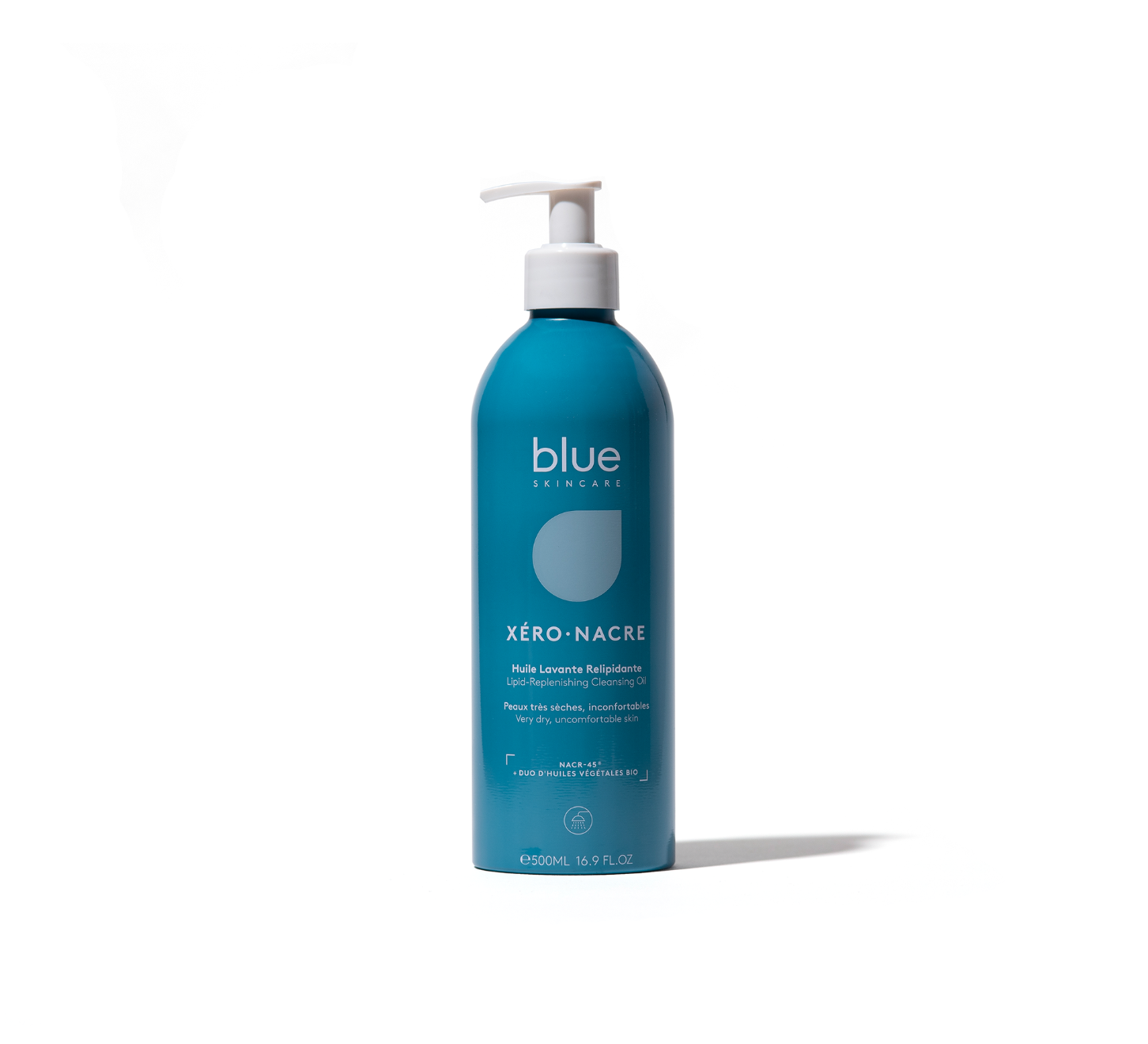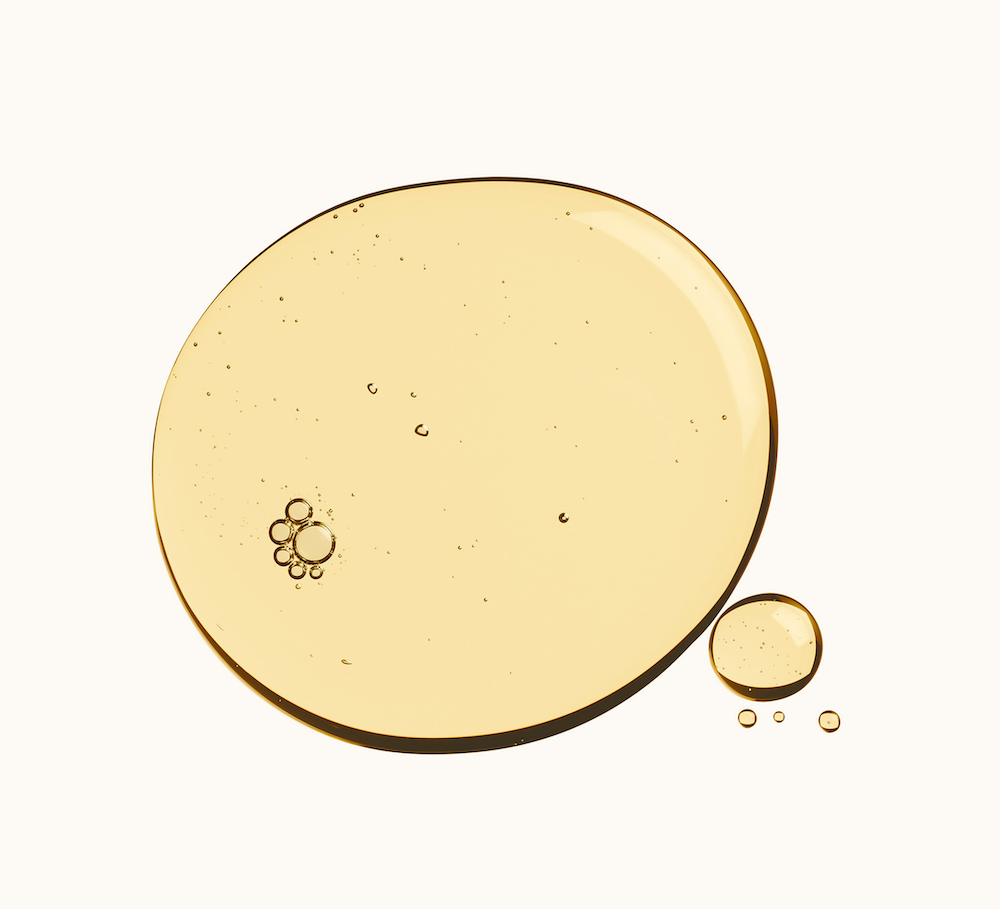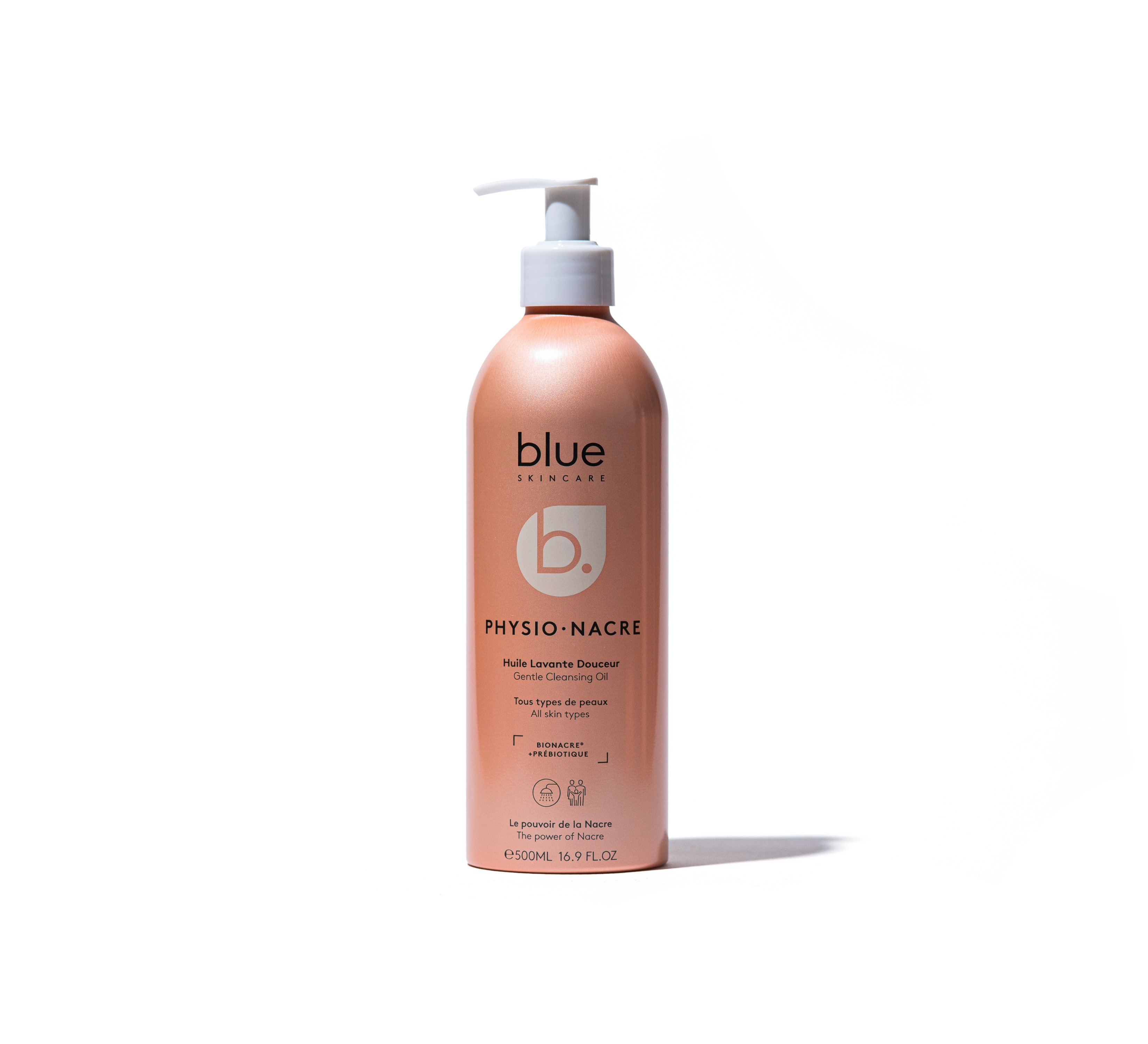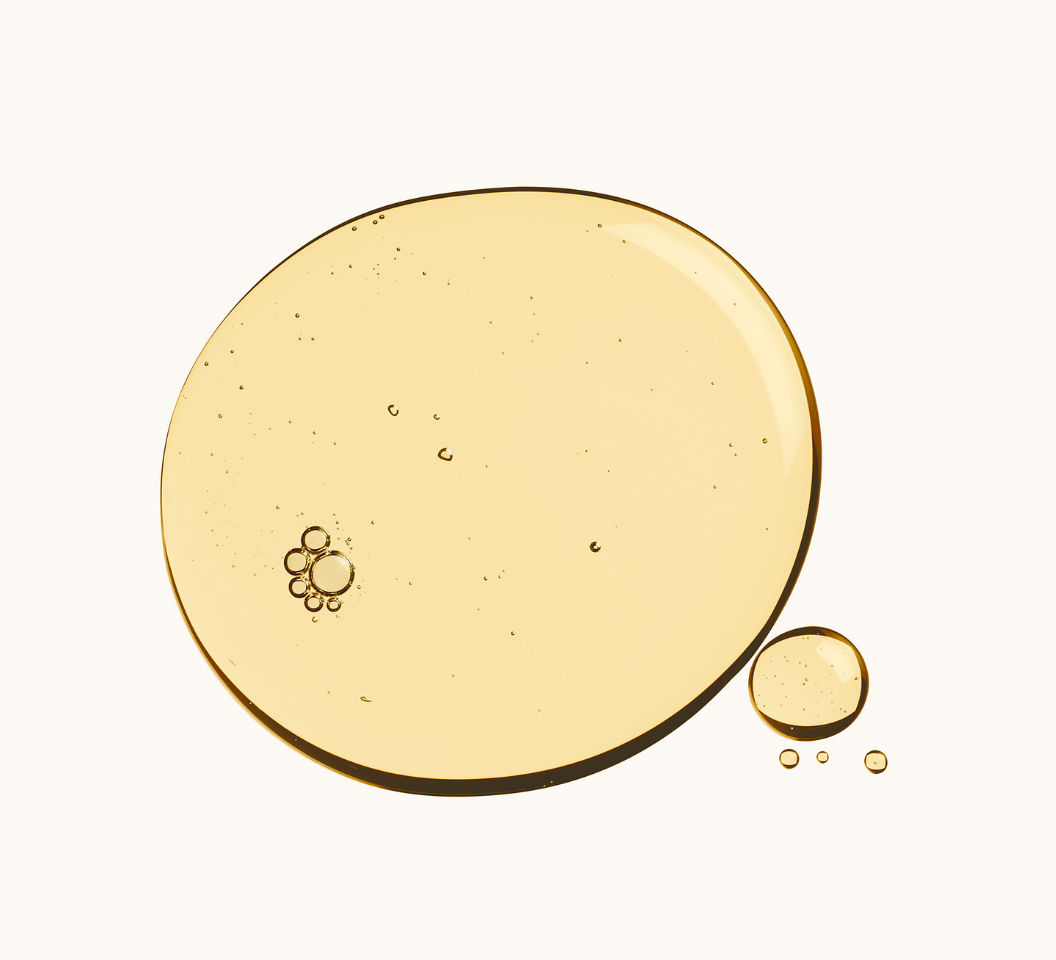Le psoriasis, une maladie cutanée chronique, se présente sous différentes formes, chacune avec ses propres caractéristiques et symptômes distincts.
Les types de psoriasis les plus courants incluent le psoriasis en plaques, qui se manifeste par des plaques rouges épaisses recouvertes de squames argentées, et le psoriasis guttata, qui se caractérise par de petites taches rouges éparpillées sur la peau.
D'autres variantes comprennent le psoriasis pustuleux, le psoriasis inversé et le psoriasis érythrodermique, chacun ayant des manifestations spécifiques et des degrés de sévérité variables.
Comprendre ces diverses formes de psoriasis est essentiel pour un diagnostic précis et un traitement approprié afin d'améliorer la qualité de vie des personnes atteintes.
Comment déterminer le type de psoriasis ?
Le diagnostic précis du type de psoriasis repose sur l'observation des caractéristiques spécifiques des lésions cutanées. Les démangeaisons et les plaques épaisses sont des indicateurs courants.
Par exemple, le psoriasis en plaques présente des lésions en forme de plaques sur des zones telles que les coudes, les genoux et le dos. Le psoriasis se manifeste par de petites taches rouges, tandis que le psoriasis pustuleux implique la présence de pustules remplies de pus.
L'examen attentif de la peau, du corps et même des ongles peut fournir des indices pour différencier les types de psoriasis, permettant ainsi une approche thérapeutique adaptée à chaque cas.
Les différentes formes de psoriasis
Chaque forme de psoriasis se distingue par des caractéristiques spécifiques, mettant en évidence la diversité de cette maladie cutanée. L'inflammation joue un rôle central dans toutes les formes, mais la différence réside dans la manière dont elle se manifeste.
Du psoriasis en plaques avec ses plaques épaisses argentées, au psoriasis caractérisé par des taches rouges dispersées, chaque variante présente des schémas distincts d'inflammation cutanée. Comprendre cette complexité permet de cibler les traitements de manière plus précise, améliorant ainsi la gestion et la qualité de vie des personnes touchées par cette condition.
Psoriasis en plaques
Le psoriasis en plaques, la forme la plus répandue de cette maladie auto-immune, se présente sous la forme de plaques épaisses et rouges recouvertes de squames argentées.
Cette affection cutanée est le résultat d'un processus accéléré de renouvellement cellulaire, provoquant l'accumulation de cellules mortes à la surface de la peau.
Ces plaques peuvent apparaître sur différentes parties du corps, telles que les coudes, les genoux et le cuir chevelu. Outre les aspects physiques, le psoriasis en plaques peut également entraîner des démangeaisons et un inconfort significatif.
Bien que cette condition ne soit pas curable, divers traitements, tels que les crèmes topiques, la photothérapie et les médicaments par voie orale, visent à réduire l'inflammation, à ralentir le renouvellement cellulaire excessif et à soulager les symptômes, améliorant ainsi la qualité de vie des individus touchés.
Psoriasis en goutte
Le psoriasis en goutte est une variante distinctive de cette maladie cutanée, se caractérisant par l'apparition soudaine de petites taches rouges, semblables à des gouttes, sur la peau. Ces lésions peuvent apparaître n'importe où sur le corps, mais ont souvent tendance à se concentrer sur les bras, les jambes et le tronc.
Contrairement au psoriasis en plaques, cette forme est souvent déclenchée par des infections telles que des angines streptococciques. Les démangeaisons peuvent être intenses, et bien que les lésions de psoriasis en goutte tendent à disparaître d'elles-mêmes, elles peuvent laisser place à une peau sèche et squameuse.
Les traitements visent à réduire l'inflammation, à apaiser les démangeaisons et à accélérer le processus de guérison, par le biais de crèmes topiques, de bains thérapeutiques et parfois de médicaments oraux, selon la sévérité des symptômes.
Psoriasis pustuleux
Le psoriasis pustuleux est une forme particulièrement sévère et rare de psoriasis, caractérisée par des éruptions de pustules blanches. Ces petites bulles remplies de leucocytes sont entourées par une peau rouge et irritée. Pas de crainte : bien qu'elles semblent infectieuses, ces pustules ne le sont pas.
Cette manifestation du psoriasis peut se présenter sous différentes formes, incluant le psoriasis pustuleux généralisé, qui touche l'ensemble du corps et peut entraîner des symptômes systémiques tels que la fièvre ou une fatigue intense. Le psoriasis pustuleux palmoplantaire, quant à lui, se restreint aux mains et aux pieds. Le traitement de cette affection dépend de l'étendue et de la sévérité des symptômes et peut inclure des médicaments topiques, des traitements systémiques ou des biothérapies.
La prise en charge de cette condition exige une approche sur mesure, adaptée à chaque patient, afin de minimiser les complications et d'améliorer significativement la qualité de vie.
Psoriasis érythrodermique
Le psoriasis érythrodermique est une forme extrêmement sévère de psoriasis, qui se manifeste par une inflammation et une rougeur étendues couvrant la grande majorité du corps.
Cette condition peut entraîner une desquamation intense de la peau, accompagnée de démangeaisons ou de douleur.
En plus des symptômes cutanés, le psoriasis érythrodermique peut perturber la régulation thermique du corps et la barrière protectrice de la peau, rendant le patient plus susceptible aux infections et à d'autres complications médicales, telles que la déshydratation et l'insuffisance cardiaque.
Le traitement nécessite souvent une hospitalisation et comprend l'administration de médicaments systémiques et de soins intensifs de la peau pour stabiliser l'état du patient. En raison de sa gravité et de son impact potentiel sur la santé globale, une prise en charge médicale rapide et efficace est cruciale.
Psoriasis unguéal
Le psoriasis unguéal désigne la manifestation du psoriasis affectant les ongles des mains et des pieds.
Il est plus souvent associé au rhumatisme psoriasique. Cette forme de la maladie se caractérise par divers changements unguéaux, tels que l'épaississement des ongles, l'apparition de petits creux, ainsi que des modifications de la couleur, souvent accompagnées d'un soulèvement de l'ongle du lit unguéal.
Les patients peuvent également observer un aspect jaunâtre sous l'ongle, connu sous le nom d'onycholyse. Le psoriasis unguéal n'est pas seulement une question esthétique; il peut également causer des douleurs et des difficultés fonctionnelles, affectant les activités quotidiennes.
Le traitement vise généralement à atténuer les symptômes et peut inclure des topiques stéroïdiens, des injections de corticoïdes sous l'ongle ou des thérapies systémiques en cas de manifestations plus sévères. La gestion de cette forme de psoriasis nécessite souvent une approche patiente et méthodique pour améliorer l'apparence des ongles et réduire l'inconfort.
Psoriasis inversé
Le psoriasis inversé est une variante moins fréquente du psoriasis qui se manifeste principalement dans les plis cutanés tels que les aisselles, sous les seins, autour des organes génitaux, et entre les fesses.
Cette forme se distingue par des lésions lisses, rouges et souvent brillantes, qui peuvent être extrêmement sensibles ou douloureuses en raison de leur localisation dans les zones de frottement ou de transpiration. Le psoriasis inversé est particulièrement difficile à gérer en raison de son emplacement et de la sensibilité de la peau affectée.
Les facteurs aggravants comprennent la sudation et le frottement continu, ce qui nécessite des soins particuliers pour minimiser l'irritation. Le traitement implique généralement l'utilisation de crèmes topiques à faible concentration de corticostéroïdes et de calcineurines, évitant les formulations plus puissantes qui pourraient endommager la peau délicate des zones touchées.
FAQ : types de psoriasis
Quels sont les déclencheurs courants du psoriasis ?
Les déclencheurs du psoriasis varient selon les individus, mais certains facteurs courants incluent le stress, les infections, certaines médications, et des changements climatiques. Par exemple, des études indiquent que le stress peut exacerber les symptômes du psoriasis chez jusqu'à 80 pourcent des personnes atteintes.
Les blessures cutanées, comme les coupures ou les éraflures, peuvent également provoquer une poussée dans les zones affectées, un phénomène connu sous le nom de réaction de Koebner. Éviter ces déclencheurs, lorsqu'ils sont identifiés, peut aider à gérer et à réduire la fréquence des poussées de psoriasis.
Existe-t-il un remède définitif contre le psoriasis ?
Le psoriasis, une affection cutanée chronique, varie d'un cas à l'autre en termes de gravité et d'apparence des plaques sur la peau. Bien qu'il n'existe pas de remède définitif, divers traitements et crèmes pour le psoriasis visent à atténuer les symptômes et à améliorer la qualité de vie du patient.
Certains médicaments agissent sur les processus immunitaires pour réduire l'effet inflammatoire, tandis que d'autres visent à apaiser les plaques et à ralentir leur formation.
Les conséquences du psoriasis vont au-delà de l'aspect physique, impactant souvent la confiance en soi et le bien-être émotionnel. L'exposition contrôlée au soleil et la supplémentation en vitamine D peuvent également avoir des effets positifs, mais il est important que les patients travaillent en étroite collaboration avec des professionnels de la santé pour élaborer un plan de gestion adapté à leurs besoins individuels.
